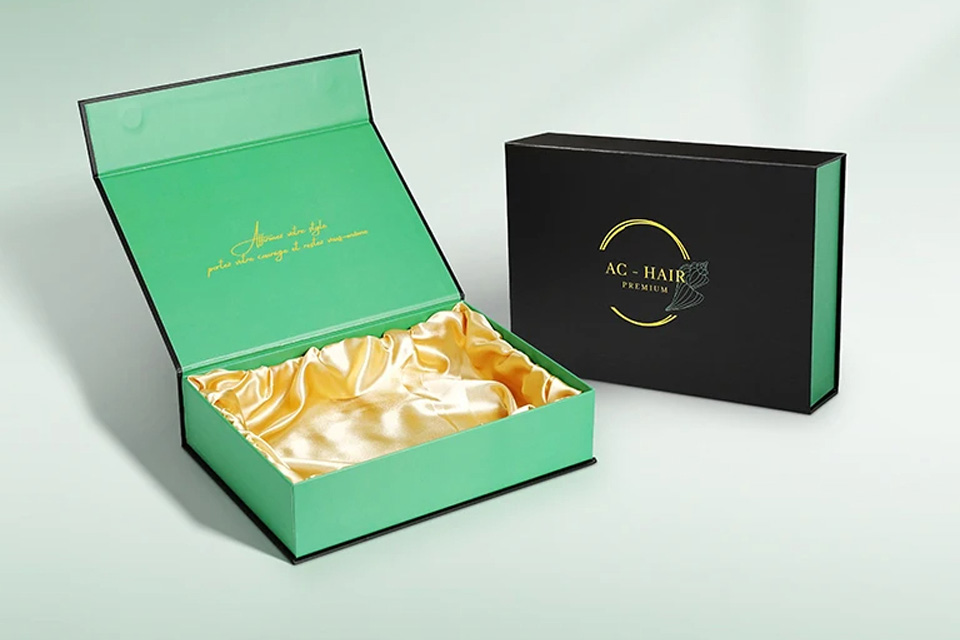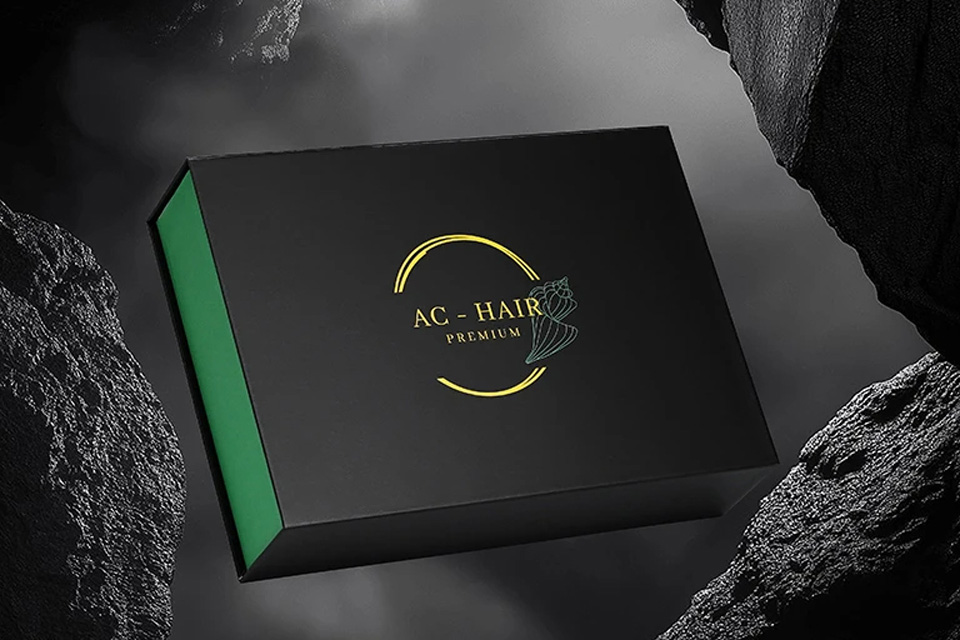Evolution of carton packaging technology: Decoding the technological code of future packaging
Evolution of carton packaging technology: Decoding the technological code of future packaging
Abstract
Driven by the dual drive of carbon neutrality strategy and consumption upgrade, carton packaging technology is undergoing a paradigm revolution from material engineering to intelligent interaction. This article analyzes the five dimensions of nano-enhanced paperboard, structural mechanics innovation, digital printing revolution, breakthroughs in bio-based materials and intelligent packaging systems, and combines the latest data from the International Packaging Association with empirical cases from Walmart, L'Oreal and other companies to reveal how carton packaging can achieve an industrial miracle of 300% improvement in protection performance and 76% reduction in carbon footprint through technological innovation.
1. Nano-enhanced technology: performance transition of paperboard materials
The physical limitations of traditional paperboard are being broken through by nanotechnology. Microcrystalline cellulose-enhanced paperboard is embedded with plant fiber crystals with a diameter of 20-100nm, making the tensile strength reach 58MPa, which is 4 times higher than that of ordinary paperboard. This material has been used in DJI drone packaging boxes and has been tested to withstand the mechanical load of 8-layer stacking transportation.
In the field of functional expansion, the graphene-coated paperboard developed by Oji Paper in Japan has a surface resistance that is stable in the range of 10^6-108Ω, which builds a natural anti-static barrier for precision electronic components. Mitsubishi Chemical's photocatalyst-treated paperboard can decompose volatile organic compounds under LED light sources, reducing the total number of colonies in fresh packaging by 76%. According to the "China Circular Economy Association 2025 Technology White Paper", the market penetration rate of nano-enhanced paperboard is growing at an average annual rate of 23%.
2. Structural Mechanics Revolution: From Empirical Design to Algorithm-Driven
Packaging structure design has entered the parametric era. The application of topological optimization algorithms has increased the compressive strength of mooncake boxes by 42% while reducing the amount of materials used by 18%. The honeycomb-corrugated composite structure used in the Palace Museum's cultural and creative products has an energy absorption efficiency of 92kJ/m³ through the nesting design of hexagonal honeycomb cores and B-type corrugated, far exceeding the 65kJ/m³ of traditional structures.
In the field of dynamic protection, the asymmetric buffer structure of Dell's notebook packaging box uses a 45° oblique corrugated channel to decompose the impact force, reducing the breakage rate of the 1.5-meter drop test from 12% to 0.3%. This structural innovation increases the number of reuses of transport packaging boxes from 2 times to 6 times, directly reducing logistics costs by 31%.
3. Digital printing revolution: flexible production and intelligent interaction
The digital transformation of offset printing technology is reshaping the packaging value chain. The AI offset printing system launched by Heidelberg uses 2,000 sensors to monitor the printing pressure and ink temperature in real time, so that the overprint error is controlled at ±0.01mm, and the scrap rate is reduced from 5% to 0.3%. HP's electron beam curing technology shortens the ink drying time from 8 hours to 0.3 seconds, and completes the full process delivery from design to finished product within 72 hours.
Intelligent interaction technology gives new life to packaging. The NFC chip used by Chow Tai Fook Jewelry is embedded in the paper box. Consumers can view the diamond traceability information by touching their mobile phones, which increases the customer unit price by 29%. Even more cutting-edge is the 4D printing ink developed by MIT, whose packaging box automatically unfolds into a product display stand when it gets wet, with a material deformation accuracy of 98μm.
4. Bio-based materials: closed-loop practice of circular economy
Breakthroughs in mycelium materials are rewriting packaging rules. The mycelium-bamboo fiber composite board used by IKEA degrades naturally in 28 days and has a compressive strength of 18MPa, which is 23% higher than EPS foam. The PHBV biopolyester coating developed by BASF makes the moisture-proof level of the paper box reach the IPX7 standard, and the biodegradation cycle is shortened from 3 years to 6 months.
In terms of the construction of the circular system, L'Oreal's packaging-as-a-service model reduces the carbon footprint of a single packaging life cycle by 82% through the 8-time recycling of bamboo fiber packaging boxes. This model has been included in the EU's "Sustainable Packaging Regulation" demonstration case and enjoys the 17% VAT reduction policy dividend.
5. Intelligent packaging system: from passive protection to active service
Internet of Things technology promotes the intelligent transformation of packaging. The strain sensing carton launched by DJI has 128 built-in micro strain gauges to monitor transportation collision data in real time, reducing the after-sales dispute rate by 82%. The temperature-variable ink label used in Walmart's cold chain system automatically displays a warning pattern when the temperature exceeds the standard, with an accuracy rate of 99.3%.
In the user experience dimension, the AR augmented reality packaging of Starbucks Christmas cup triggers the snowflake falling animation through mobile phone scanning, which has increased the social media sharing volume by 530%. This digital twin technology makes packaging the core entrance of brand private domain traffic, and the user stay time increases by 3 times.
Summary
When carton packaging breaks through the boundaries of physical containers and evolves into a system solution integrating material science, intelligent interaction and circular economy, its value creation logic has undergone a fundamental change. In the future, with the development of quantum dot sensing technology and DNA labeling technology, packaging will achieve full-link traceability from production to recycling, becoming a super medium linking commercial civilization and ecological civilization. This silent technological revolution is redefining the ultimate mission of "packaging".



